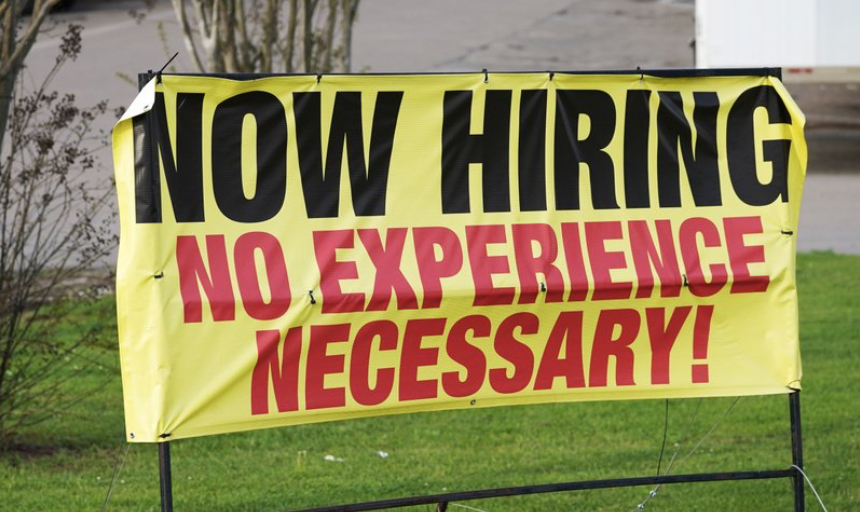
America’s employers unleashed a burst of hiring in March, adding 916,000 jobs in a sign that a sustained recovery from the pandemic recession is taking hold as vaccinations accelerate, stimulus checks flow through the economy and businesses increasingly reopen.
The March increase — the most since August — was nearly double February’s gain of 468,000, the Labor Department said Friday. The unemployment rate declined from 6.2% to 6%.
Even with last month’s robust increase, the economy remains more than 8 million jobs short of the number it had before the pandemic erupted a little over a year ago. But with the recovery widely expected to strengthen, many forecasters predict enough hiring in the coming months to recover nearly all those lost jobs by year’s end.
The increasingly bright outlook for the labor market follows a year of epic job losses, waves of coronavirus infections and small business closures. Numerous signs suggest that the economy is improving. Consumer confidence in March reached its highest level since the pandemic intensified.
Last month, hiring strengthened across the economy. Restaurants, hotels and bars — the sector that was most damaged by the virus — added 216,000 jobs. Construction companies, aided by better weather after severe storms in February, gained 110,000.
Manufacturers added 53,000. And professional and business services, which include such well-paying fields as engineering and architecture, gained 66,000.
In another encouraging sign, about 500,000 women returned to the workforce last month and found jobs, in part a reflection of school re-openings around the country. Women disproportionately quit jobs or stopped looking for work during the pandemic, in many cases because they had to care for children attending school online from home. A reversal of that trend will be important as employers seek to rapidly rehire.
A survey found that manufacturing grew in March at its fastest pace since 1983. And vaccinations are increasingly being administered, although new confirmed infections have risen from lower levels in recent weeks.
The $1,400 checks in President Joe Biden’s $1.9 trillion economic relief plan have sharply increased consumer spending, according to Bank of America’s tracking of its debit and credit cards. Spending jumped 23% in the third week of March compared with pre-pandemic levels, the bank said.
Spending had begun to rise in March even before the stimulus checks arrived as viral case counts have tumbled from their heights in January. Americans are increasingly willing to venture out from home to travel and eat out, though not yet at their pre-pandemic pace. Roughly 1.5 million people traveled through airports on March 28, according to the Transportation Services Administration. That was roughly eight times the figure of a year ago, although it was still down sharply from 2.5 million on the same day in 2019.
The transportation analytics firm Inrix has calculated that daily car trips returned to pre-pandemic levels late last month. Many of those trips have likely been to restaurants, where the volume of seated diners was just 25% below pre-pandemic levels, on average, in the last week of March, according to OpenTable, a restaurant software provider. That’s up from 50% below pre-pandemic traffic just six weeks earlier.
The burgeoning economic activity is showing signs of translating into more jobs.
Karen Fichuk, CEO of Randstad North America, a recruiting firm, said the company is seeking to fill 38% more permanent jobs than it was at the end of last year. Demand for workers is particularly strong in manufacturing, information technology, logistics, and health care.
____
Republished with permission from The Associated Press.



